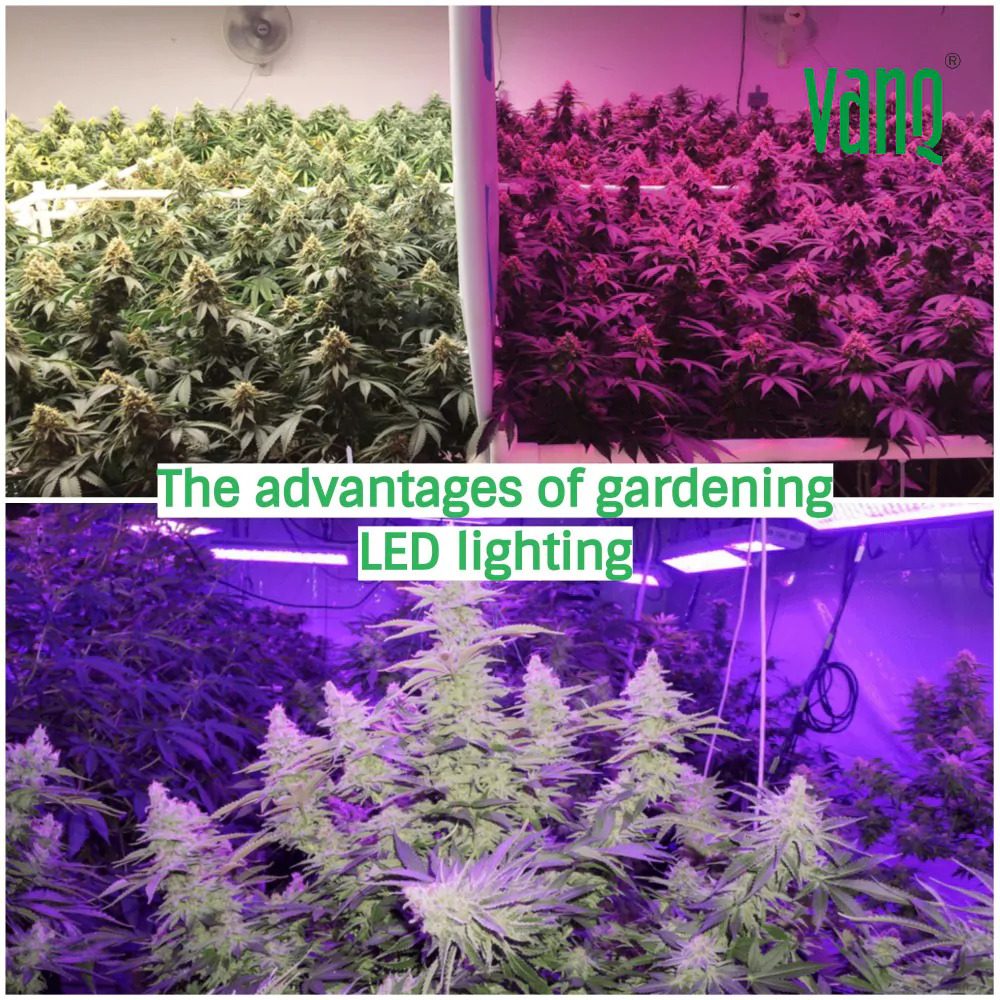
In the past decade, professional horticultural lighting technology has experienced a huge leap. Many lamp manufacturers have been able to meet the growing needs of farmers who invest in indoor or greenhouse crops.
LED horticultural lighting technology is promoting the development of planting industry
In 2016 (the entire system), the horticultural lighting market business scale was approximately US$3.1 billion and is expected to grow to approximately US$3.8 billion in 2017.
The current business is mainly driven by greenhouse applications and existing technologies, which accounted for 92% and 79% of the total market (in terms of revenue) in 2017, respectively.
However, the transition to LED technology and the emergence of new applications will further increase the market attractiveness and scale of the system level and the LED device level.
This is the conclusion of a recent study by Yole Group.
In addition, by 2022, the horticultural lighting market is expected to reach nearly 8.6 billion US dollars, with a compound annual growth rate of 17.8% from 2016 to 2022.
More specifically, indoor/vertical farms will expand from 2022 to 2027, and by 2027, the total market size will exceed $17 billion.
Finally, in terms of LED devices, the market opportunity in 2017 is about 100 million U.S. dollars, which is expected to increase to about 400 million U.S. dollars by 2022, and to 700 million U.S. dollars by 2027.
What is gardening LED?
Led, translated into English as light-emitting diode (LED), is the future of lighting. LED lighting turns everything into artificial sunlight. This technology has been constantly innovating until it can only promote plant germination and is now used for flowering.
Gardening LED function
The biggest feature of gardening LED lights is that these diodes do not lose all heat, so gardening LED lights can make full use of these heat to make plants grow better. The LED panel combines these diodes and can compete with lamps such as HPS, MH, CFL and neon lights. LED lights are also cheaper than CFL or neon lights because they require very little power consumption.
LED lights are continuous lights. Unlike HPS (high pressure sodium) and MH lamps (metal halide), the intermittent light they produce is invisible to the naked eye. This kind of intermittent light is not friendly to plants, so it will cause some adverse effects on plants.
Another advantage of LEDs is that we can find all the spectra needed by plants. Especially in the growth period, it is the blue or red spectrum required for the flowering period. The combination of these two spectra is of great help to plants growing indoors and outdoors.
The advantages of gardening Led lights compared to traditional hp and mh:
Plants need more energy
No light output loss (spectrum 100% gardening)
Reduce energy consumption
The service life is 10 times that of MH/HPS bulbs
More relaxed and stable weather and climate
Save reflectors, fans, air conditioners, etc.
Anti-bulb diode
Environmental protection (no harmful substances)
Save time and money
Easy to install in indoor cultivation box
Obviously, LED lights have a lot of room for improvement in the future. Hope this article can help you choose lamps, thank you.























